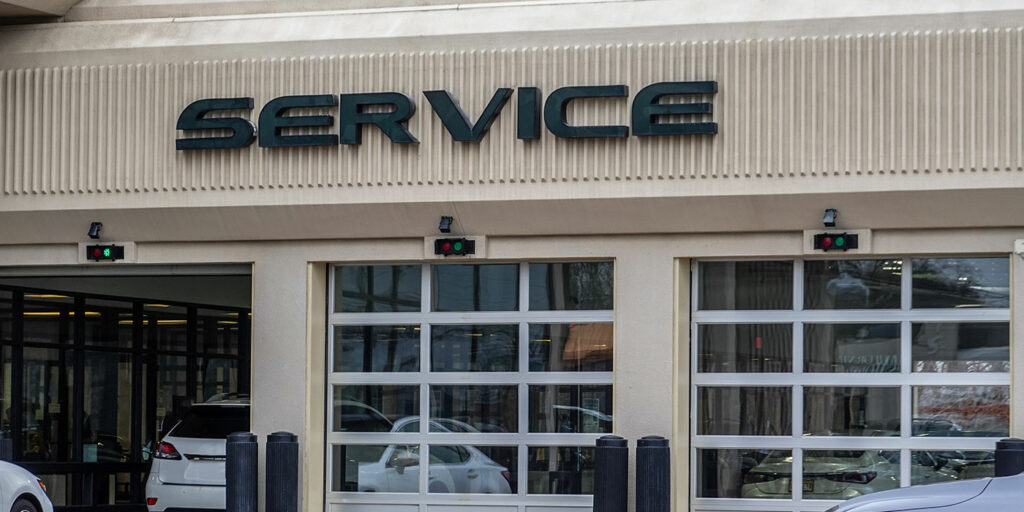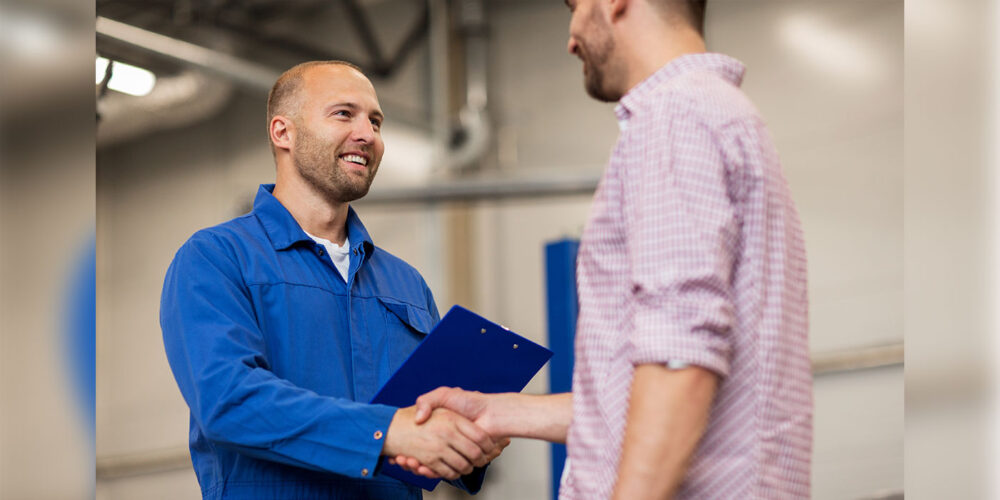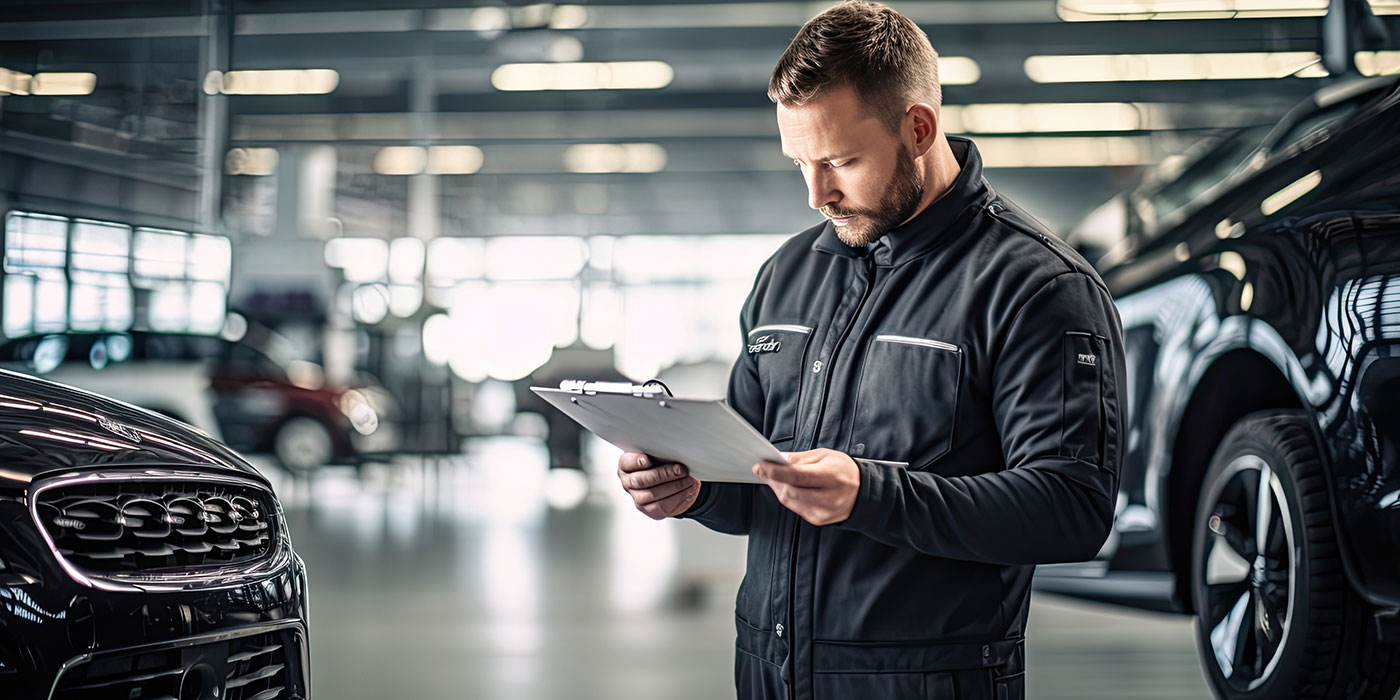When the first cars were launched over 100 years ago, part of the business model was cars that people could repair themselves. As cars have become more complicated, this has become impossible for most people, and therefore we have become dependent on specialists in the repair and maintenance of our cars.
The work has become more complex for the repair and maintenance companies, as the vehicles have become increasingly high-tech. Nevertheless, many of the basic factors in the business models remain the same, which means that car dealers, workshop managers and owners can enjoy the benefits the industry has gained. The tasks of repairs and maintenance are often different from a generation ago, with cars increasingly driven by computers that can diagnose faults or report problems on their own. But the shape of the companies that carry out these repairs is the same, and customers are still looking for the same result: a perfectly functioning car.
Easier Customer Journeys
The age of the cars rolling on the road in is still on average from 10 to 15 years and is expected to continue to increase. Rising car prices, longer-life vehicles and the impact of the COVID-19 pandemic are making people wait longer to replace their cars. As a result, several cars are outside the warranty period where the effect of wear and tear emerges, and this creates work for the maintenance and repair industries.
In the old days, it was common for gas stations to perform simpler maintenance. The development with the disappearance of petrol stations with full service, resulted in the emergence of chains to meet consumers’ demand for car maintenance and repairs, which today has created great opportunities for franchises and chain workshops. Many people a few decades ago focused especially on a service, such as oil changes, brake jobs, adjustments, exhaust systems, tires and so on.
Over the past few decades, most of these specialty chains have expanded the range of repairs and services they will handle beyond their original niche, making car repair and maintenance a comprehensive business. Offering a range of services in one place makes things more convenient for the customer and more profitable for the business.
The car repair and maintenance industries do not require much face-to-face interaction with the customer. Everything can be ordered digitally or by phone and the offer is considered a socially critical service. Therefore, the industry has been able to stay open during the COVID-19 pandemic, even in areas with strong restrictions on infection control.
New Self-Service Solutions
The introduction of new self-service, contact-free service stations is high on the agenda and will soon be the new normal with reduced contact to counteract the pandemic, while customers are not locked into the opening hours for submission / delivery and invoice payment. The procedures for customer contact are changing, and also quickly provide better financial calculations for the workshop companies.
With online ordering of service and maintenance, self-service technology with service stations can contribute a lot to improving efficiency, removing friction from the customer journey, and making better calculations visible. Most car owners prefer self-service solutions when they can avoid being bound by the opening hours or a specific time for check in. The queue at the customer reception is gone, and the opportunities for upselling can be automated directly with offers visible to the customer when ordering service online or as offers sent to the customer’s mobile phone with text messages and web links.
Underlying Financial Uncertainty
The car repair and maintenance industry are not completely immune to an economic downturn, and the long-term effect of COVID is likely to have some effect on the industry. Although there are many repairs that car owners need to make, they are more likely to postpone non-essential or non-urgent work when there are uncertain economic times due to the long-term effects of the pandemic.
It is the case that many car owners postpone repairs they know are needed and two out of ten cars have known faults and deficiencies that the owner has postponed doing something about. However, the car is such an important part of people’s lives that this maintenance work is only postponed or postponed for a certain period. There is also a common belief that if maintenance is delayed, it can lead to more expensive repairs later.
Spotlight on the Operating Model
Car maintenance and repairs are a labor-intensive operating model. As an example, Norwegian franchisees spend about 40% of their income on salaries (around 25-30% in other contries), and companies should be ready to recruit, retain and further develop the skills in the workforce with skills, experience and knowledge that will be crucial for the operation of the business.
Membership in a franchise also helps reduce costs for the car repair and maintenance industry in other areas. The franchise’ purchasing power can lead to agreements with suppliers that cut the costs of equipment and parts, as well as access to customer and invoicing systems, banking agreements, customer campaigns and market support.
The Customer Journey in Focus
Digital conversion and self-service check in including checkout with payment are being established as the preferred customer journey to remove friction. Friction is all that bothers the customer, which makes it harder for them to do what they want.
Working systematically to remove friction from the customer journey is very profitable, and the only recipe for satisfied customers provided that the core product is good.
Fixed price for service is a good example that directly has a good effect on digital conversion. When it also becomes easy to use the workshop with self-served service stations, it quickly becomes good drive and progress.
Satisfied customers talk about their experience to others and are the best ambassadors and they are often more loyal. Dissatisfied customers are dissatisfied because they have encountered friction in a customer journey, and most do not report this either.
Poor customer journeys result in poorer financial results, negative product talk and customer flight. In fact, it is so simple that the companies that build better customer journeys get a healthy, strong, and sustainable business.
When society opens and people start moving around again, a lot of maintenance work will appear that will keep the engineering industries active. There will be plenty of opportunities to take advantage of the benefits, create competitive advantages, introduce digital conversion and self-service service stations, get satisfied customers, and deliver good financial results in the years to come.














